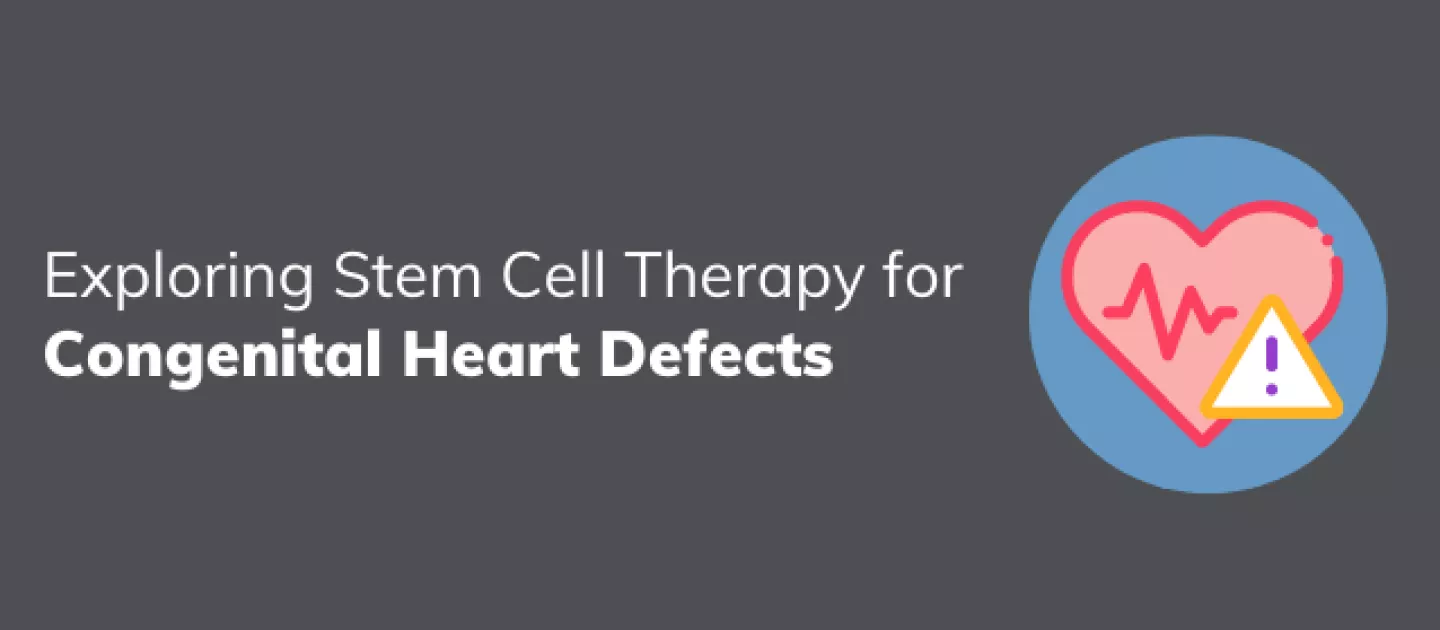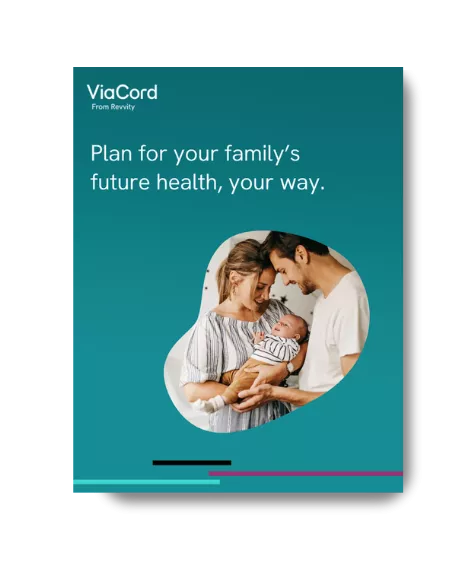Umbilical cord blood stem cells have been used for years to treat many conditions and diseases that affect the body’s blood and immune system. Researchers are committed to treating more conditions including congenital heart defects. We’re going to take a look at what makes cord blood stem cells a potential resource to help people with congenital heart defects.
What Makes Congenital Heart Defects Critical?
Congenital Heart Defects (CHDs) are the most common type of birth defects. They affect about 1 out of every 4 newborns. When a child has a congenital heart defect, their heart's structure and how it works, like blood flow from the heart to the body for example, is altered. The heart is an essential organ so it’s critical when it’s at risk for not working correctly.
There are many different types of CHDs; some are as minor as a small hole within the heart, and others are more severe. Newborns diagnosed with more severe forms of CHD often need to undergo surgery or procedures early on in their first few years of life to help correct it. While heart defects can be repaired, they can’t be cured, which is why it’s important for researchers to find a potential cure. One area that researchers have been looking to for help is cord blood stem cells.
Using Cord Blood Stem Cells for Congenital Heart Defects
Cord blood stem cells are an excellent resource to potentially help treat congenital heart defects because they have regenerative properties. They can become different heart cell types and grow and multiply rapidly to help a damaged heart become stronger by building new muscle and blood vessels.
There’s a name for this type of science that uses cord blood stem cells in this way, and it’s called regenerative medicine. Initial clinical studies using cord blood stem cells to help treat children with CHD have demonstrated feasibility and safety and have helped set the stage for more long-term studies in this area which are needed to develop effective treatments for CHD.
One study conducted by the Mayo Clinic determined it was safe for children with a congenital heart defect, known as Hypoplastic left heart syndrome (HLHS), to receive an injection of their own cord blood. With HLHS, the left side of their heart doesn’t form correctly as it develops during pregnancy. A Phase II clinical study is now further testing the safety while also taking a closer look at the effectiveness of using cord blood to improve heart function.
Researchers are excited about these potential advancements, which may lead to extending the lives and quality of life for children with HLHS and other heart defects.
A Positive Outlook with Cord Blood Stem Cells
The heart is a tough organ, but when it’s susceptible to something like a congenital heart defect, it needs help to repair itself since it can’t do it on its own. To think that cord blood stem cells could be such a transformative therapy, especially for such complex conditions like CHDs is fascinating and also hopeful.
With the advanced medical care and treatments we have available today, babies born with CHDs can live healthier lives. And there is hope is that in the future, lives could be even more enriched with cord blood stem cells as a potential option for repairing damaged hearts.
Follow us on Facebook, Twitter, and Instagram to join the conversation and stay up-to-date on cord blood & tissue, genetics, pregnancy, and everything in between!
Disclaimer: Banking cord blood does not guarantee that treatment will work, and only a doctor can determine when it can be used. PerkinElmer does not endorse or make recommendations with respect to research, medication, or treatments. All information presented is for informational purposes only and is not intended as medical advice.
Resources:
CDC. What are Congenital Heart Defects? https://www.cdc.gov/ncbddd/heartdefects/facts.html
CDC. Facts about Hypoplastic Left Heart Syndrome. https://www.cdc.gov/ncbddd/heartdefects/hlhs.html











